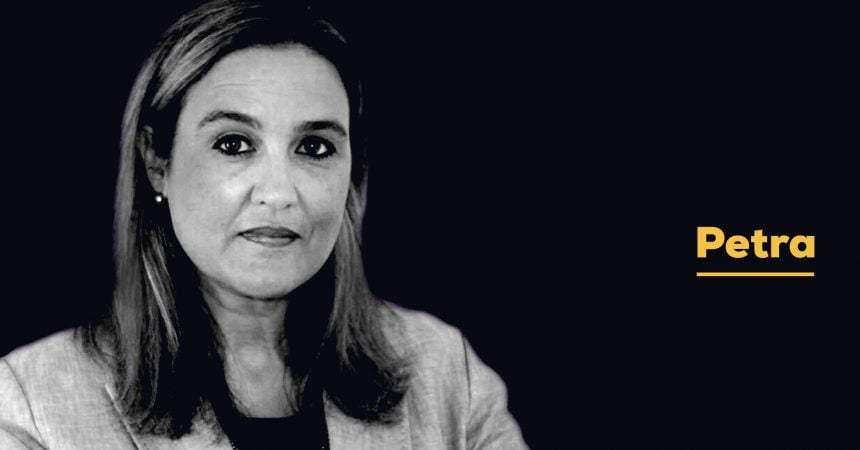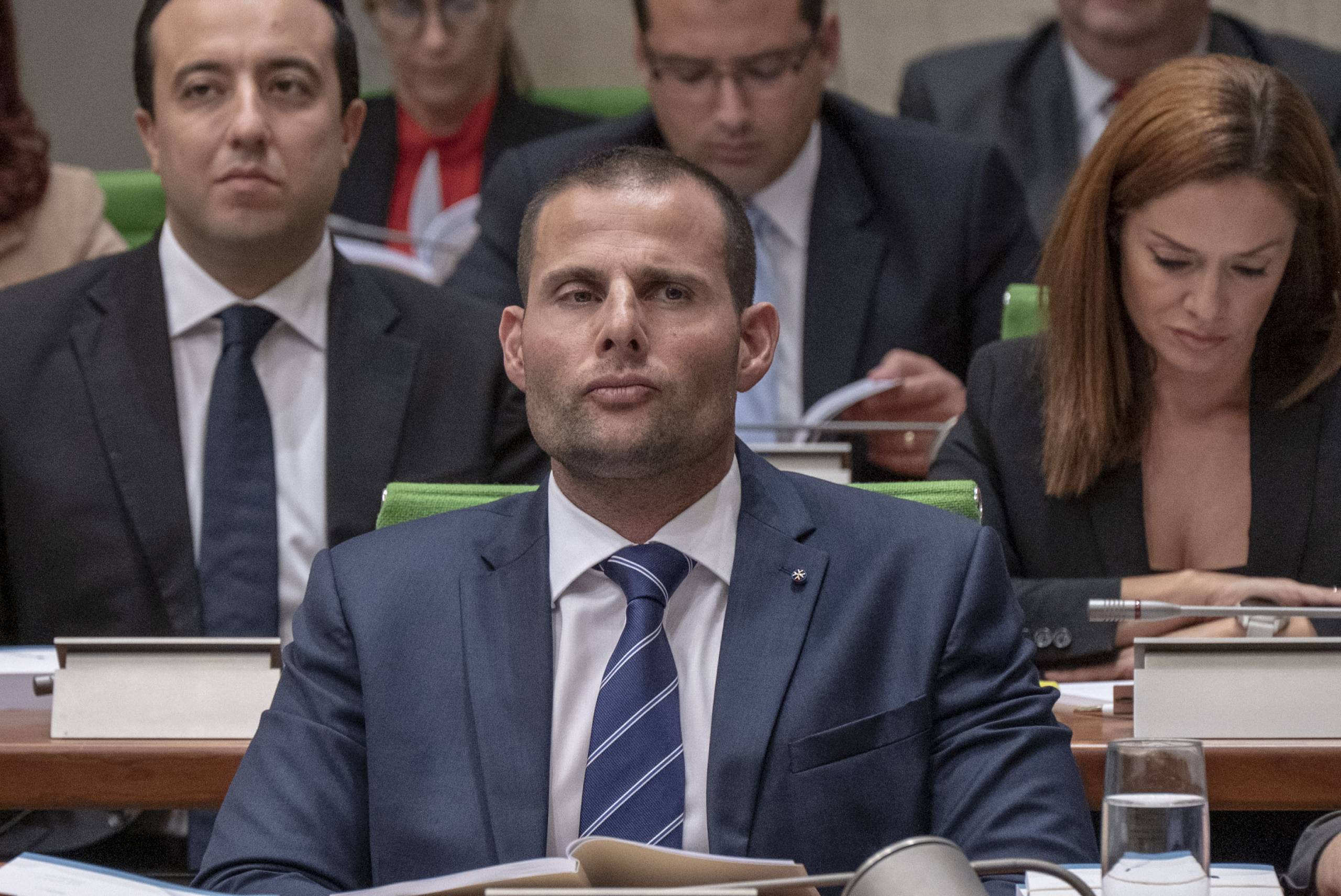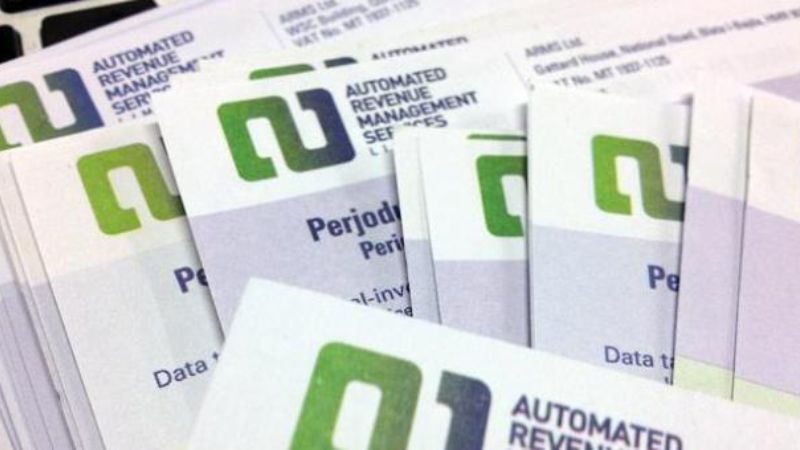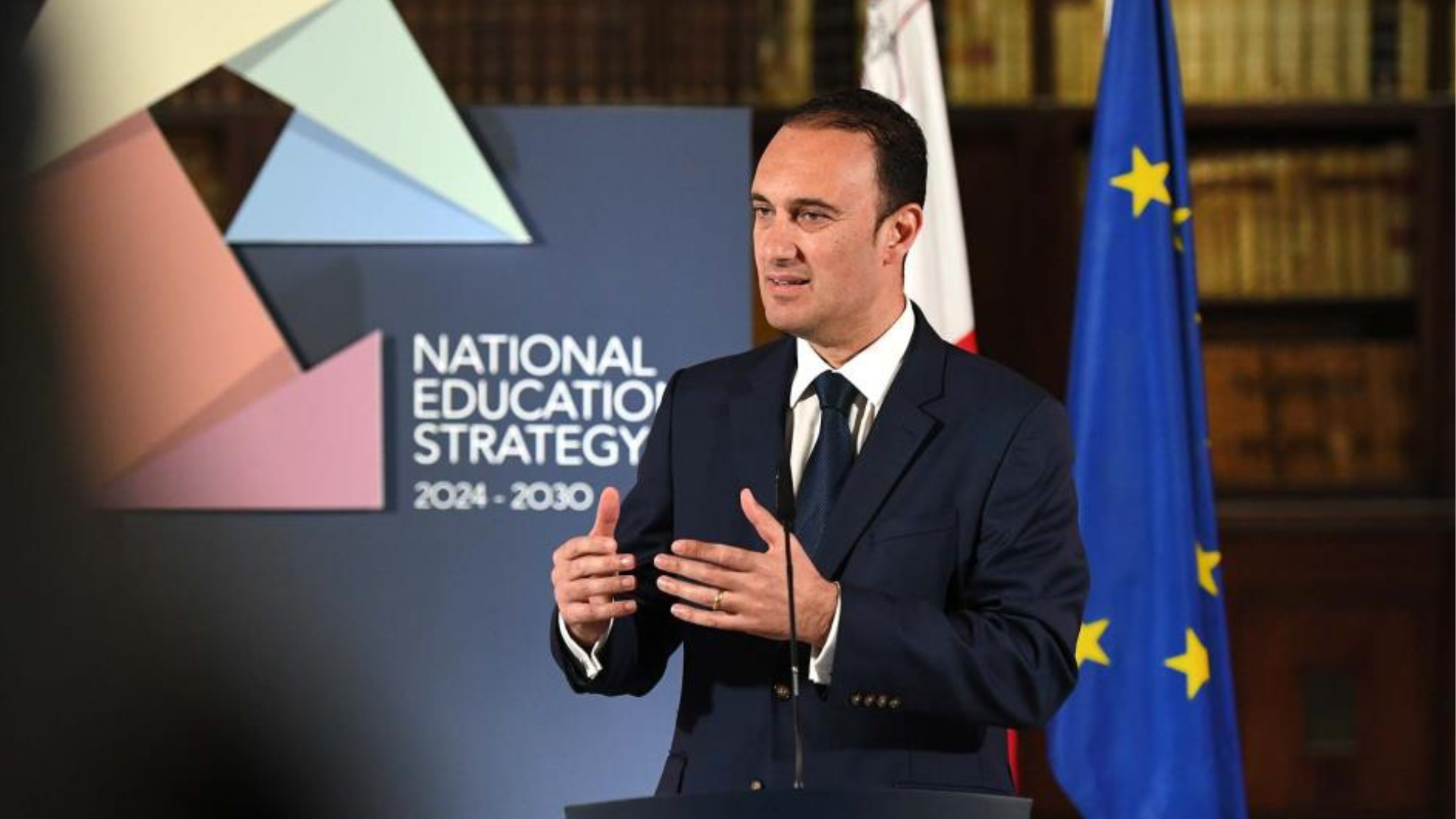In the blazing summer sun, anger at the building frenzy just adds to the heat. Hot on the heels of the Central Link project, two controversial development proposals in Gozo, at Qala and Sannat, are now in line for approval.
Taking note of the public mood, Adrian Delia appeared on national television last Thursday and emphasised repeatedly that the environment is now an absolute priority for the Nationalist Party. He says that the PN will act as the shield of the environment.
Delia mentioned the importance of Malta becoming carbon-neutral. He promised to ensure, if entrusted to lead the nation one day, that the total number of trees would be greatly increased.
In the run-up to the European elections in May, Prime Minister Joseph Muscat had also understood that the environment is important to many voters. He had launched that campaign by stressing environmental initiatives.
Since both main political parties seem to acknowledge the outcry against environmental destruction, why is there never any improvement?
If Delia truly intends to prioritise the environment, I suggest that he revisits the neglected environmental proposals which the PN published in early 2017. These were in its policy document ‘A Better Quality of Life for You’, which was part of a series of proposal documents presented at that time.
The PN did badly in the general election only a few months later, in June 2017. But it would be wrong to treat these environmental proposals as a main element of a rejected electoral manifesto. The PN result surely did not hinge on this document. It is unlikely that many voters read it, and the proposals never filtered through into the wider public discourse in the run-up to that election, which was taken up by the Egrant inquiry and similar concerns.
The document was, however, drawn up after extensive consultation with stakeholders. Its proponents included MPs such as Marthese Portelli, currently the PN representative on the Planning Board.
Policies require regular updating, but many of the proposals in this document are as relevant as they were then – and even more so, as the environmental onslaught is only getting worse. The problems are the same. The document addresses many of the issues which environmental activists have flagged for the forthcoming protest on 7 September.
One pretty radical proposal, for example, was to give two-third majority protection to ODZ land. The PN proposed to remove the discretion of the Prime Minister and the government to authorise the development of ODZ land. Instead, it would give the final word to Parliament.
This meant that major projects of national importance, both public or private, would first go through the normal planning procedures at the Planning Authority. If they got a positive recommendation, such projects would then be submitted to Parliament, requiring a two-thirds parliamentary majority for approval.
If this 2017 proposal were implemented, projects like the Central Link road would be subjected to more parliamentary scrutiny, creating a completely different scenario for public debate.
Large projects like this would have to be built on some kind of consensus, with MPs taking a stand. The government would perhaps not find it as easy to just bulldoze ahead claiming it is representing the public, while crowds are protesting in the streets outside.
Another 2017 proposal worth revisiting is that of introducing a ‘Landscape Strategy’. This would create an overall vision for the landscape, trying to unify ODZ areas and addressing any unsightly development which mars the countryside.
On high-rise, the proposals included a ‘Skyline Policy’. This idea recognises that the skyline is part of our heritage and that high-rise buildings which are out of place have a serious detrimental effect on the landscape.
The failure of the Floor Area Ratio policy has one clear example: the new high-rise in Gzira. The supposed idea behind the FAR is to allow the potential floor space of a site to be built beyond the usual building heights, but instead leave more open area for public benefit. The ‘ratio’ determines the height in relation to open space.
But this Gzira building has done nothing of the kind. It is completely out of place in its neighbourhood. It is massively higher than the surrounding buildings but has given nothing back to the area.
The Gzira mayor Conrad Borg Manche is justifiably at loggerheads with these developers, who are now planning to use the limited open area available to house its garbage room. The developers have inconvenienced the area with their outsize building, but apparently could not be bothered about their neighbours.
The Planning Authority bends over backwards to accommodate the construction industry, and this is what communities receive in return. No wonder people are angry.
Local councils and eNGOs spend countless hours being consulted about policies and documents, but eventually, all the nice words are not translated into a better reality. In practice, the country just gets uglier and more congested. Policies which sound great on paper are left to gather dust on the shelf, while bulldozers are king.
petracdingli@gmail.com












